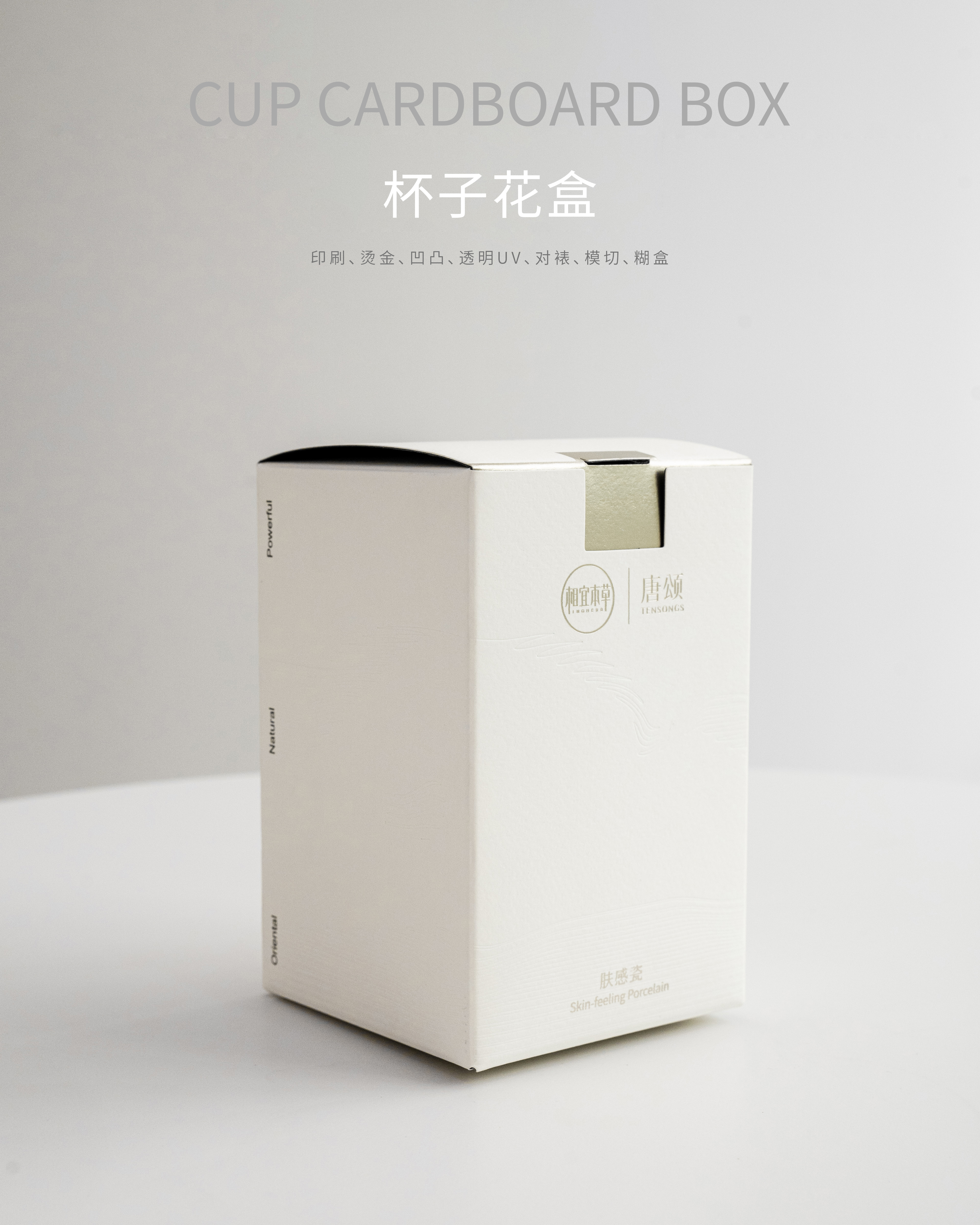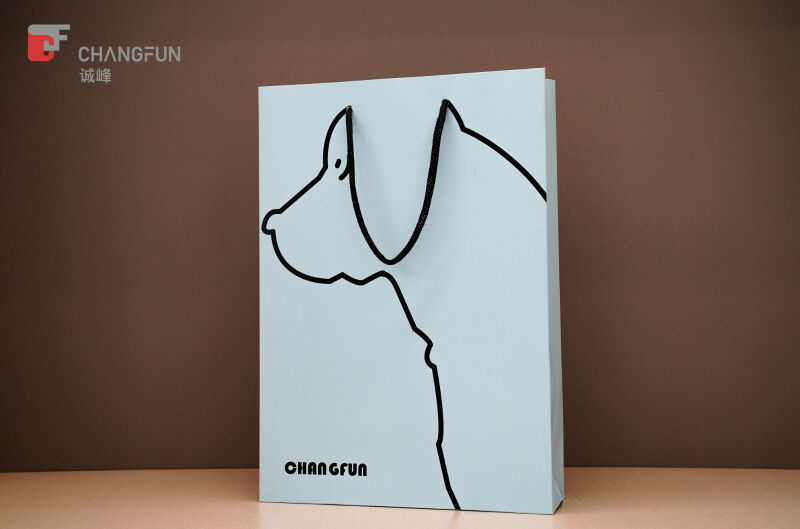
פרפום תמיד נחשב לאחד המוצרים האישיים והפראליים ביותר. הוא קשור רגשות, זיכרונות וидентיות, מה שעושה אותו ליותר מאשר פריט פונקציונלי בלבד. מעבר לריח עצמו, הדרך בה מוצג הפרפום יכולה להשפיע עמוק על תפיסת הצרכן ועל התנהגות הקנייה. תבנית משחקת תפקיד מרכזי בעידוד הפרפום לחוות יוקרתית. הקופסה שבה מונח הפרפום איננה רק מיכל, אלא אמצעי לסיפורי איכות, רefinedות וייחודיות. כאשר היא מותאמת בקפידה, קופסת פרפום מותאמת אישית תבנית יכול להגביר את הערך הנדרש של הבושם ולחזק את דמות המותג בכללותו.
פרפום אינו נ verse או נוגע בו ישירות בפעם הראשונה שקונים אותו. במקום זאת, האינטראקציה הראשונה של הצרכן היא עם האריזה שלו. זה הופך את האריזה למגלה הראשונה של ערך, זהות ופאר. תיבה שתוכננה בקפידה יוצרת תחושת חריקה, ופועלת על מנת להפוך את הפעולה של פתיחת האריזה למטלה. המשקל של התיבה, הגימור, פלטת הצבעים ופרטי הסיום כולם תורמים לחוויה הרגשית.
צרכנים יוקרתיים associeren את האריזה עם ייחודיות ומעולה. עבור מותג בושם, תיבת בושם מותאמת אישית היא יותר מרק שכבה הגנה. זוהי אמצעי תקשורת המאפשר לצרכן להרגיש שהוא לא רק קונה ריח אלא משקיע בחוויה יוקרתית ובלתי נשכחת.
בחירת החומר היא אחד הפקטורים בעלי ההשפעה הגדולה ביותר בעיצוב האריזה של הבשמים. קרטון קשיח איכותי נמצא בשימוש נרחב כיוון שהוא מציע קשיחות ומשקל מפואר, שניים מהם מעצימים את תפיסת הערך של הלקוח. בקטגוריית היוקרה, מוסיפים חומרים נוספים כמו עץ, עור או תפרה בולסית כדי ליצור רושם מהפנט אף יותר.
גימורי נייר גסים, ציפויים עם מישוש רך, וניירות מתכתיים נפוצים לשם החזקת תחושת היוקרה. פרפום המסופק בתיבה שתוכננה בחומרים שנבחרו בקפידה מבדיל אותו מיד מمنتجات שיווק המוני. גם רציפות משפיעה על הבחירות, כאשר חומרים מחזירים וקלים לביודלק degraded הופכים לחלק מהאריזה המודרנית של פרפום, מבלי להתפשר על אלגנטיות.
עיצוב האריזה של הבושם חייב לאזן בין אסתטיקה, זהות המותג ופונקציונליות. צבעים, טיפוגרפיה ואלמנטים גרפיים חייבים להציג את מהות הריח. לדוגמה, גווני עזווה בהירים יכולים להביע טריות ונשיות, בעוד גוונים כהים ש kếtווי עם אפקטים מתכתיים יכולים להעלות תחושות של מסע וחיות.
הטיפוגרפיה היא מרכזית, שכן היא לרוב נושאת את זהות המותג. גופן בסריפים מציג מסורת ואלגנטיות, בעוד גופן מינימליסטי ללא סריפים מציג מודרניות. חרטות בולטות או שקופות מעצימות את החוויה המיששית, בעוד הדפסת פוליאן מוסיפה ניצוץ ואלגנטיות. אלמנטים ויזואליים כגון דוגמאות, דימויים או לוגואים מינימליסטיים יכולים לספר סיפור שמדגיש את הקהל היעד.
העיצוב המבני של הקופסה הוא דרך נוספת ליצור ייחודיות. סגירות מגנטיות, פתחים בסגנון מגירות או תאים רב-שכבתיים משדרגים את טקס פתיחת הקופסה. מאפייני עיצוב אלה הופכים את האריזה לחוויה, שבה פתיחת הקופסה מרגישה כמו חשיפת אוצר יקר ערך.

קופסאות בושם מותאמות אישית הן כלים עוצמתיים לחיזוק זהות המותג. כל פרט, החל מבחירת החומר וכלה בטכניקות השלד, חייב להתאים לסיפור המותג. בית בושם מסורתי עשוי לבחור באלמנטים קלאסיים כגון הדפסת זהב ודוגמאות מעוטרות, בעוד מותג נישה עכשווי עשוי להעדיף אריזה מינימליסטית עם קווים נקיים וטקסט דרמטי.
אריזה מאפשרת למותגי ריח גם לתקשר ייחודיות באמצעות מהדורות מוגבלות. תיבות עם מספר סידורי, גרסאות צבע מיוחדות או שיתופי פעולה עם אמנים יוצרים תחושת נדירות. עבור אספים ולקוחות נאמנים, האריזה הופכת לחלק מה מורשת המותג, ומעודדת מעורבות לטווח רחוק וקניות חוזרות.
בעידן הדיגיטלי, פתיחת האריזה הפכה לתופעת שיווק. צרכנים משתפים לעיתים קרובות את חוויית הפתיחה של בושם ברשתות חברתיות, והופכים את האריזה להכרוז מראה. מותגי בושם השקועים באריזה ייחודית ומותאמת מפיקים תועלת מחשיפה אורגנית כאשר לקוחות מציגים את קניותיהם באינטרנט.
חוויית הפקה memorably כוללת אלמנטים מרובי חושים כגון משטחים מעוצבים, שכבות של עטיפה, או פריטים חבויים כמו נייר תוסס עם הלוגו או פתק אישי. מגעים אלו מרחיבים את הקשר הרגשי בין הצרכן למותג, והופכים את האריזה מדרישה פונקציונלית לפלטפורמה לסיפור סיפורי.
צרכנים כיום, ובעיקר דורות הצעירים, מצפים מהמותגים לקדם קיימות. אריזת בושם חייבת לאזן בין אסתטיקה יוקרתית לבין אחריות סביבתית. רבים מהמותגים משתמשים כיום בנייר מקשה מחזורית, תומכים ביו-דgradable, ודיו על בסיס סויה, תוך שמירה על גימור יוקרתי. אריזה מינימליסטית שמצמצמת חומרים מיותרים זוכה אף היא לפופולריות, שכן היא מביעה גם אצילות וגם אחריות אקולוגית.
קיימות סביבתית לא רק מקטינה את ההשפעה הסביבתית אלא גם מחזקת את המוניטין של המותג. צרכנים נוטים לבחור מותגים המשקפים את הערכים שלהם, מה שהופך את האריזה בהכרת הסביבה ליתרון תחרותי בתעשייה של בשמים.
חדשנות מרחיבה את האפשרויות של אריזת בושם. תכונות חכמות כמו תגי NFC, קודים ל QR, או אלמנטים של מציאות רבודה מאפשרים לצרכנים לתקשר באופן דיגיטלי עם האריזה. על ידי סריקת הקופסה, לקוחות יכולים לגשת לסרטונים על השראה של הבושם, תעודות אוטנטיות, או תוכן ייחודי של המותג.
שילובים אלו מרחיבים את סיפור העברת האריזה הפיזית, ומחברים את הלקוחות עם חוויות דיגיטליות. עבור מותגי בושם יוקרתיים, שילוב של מסורת עם חדשנות יוצר קשר עשיר ומעמיק יותר עם הצרכן.
בתי ה향 המובילים הבינו מזמן את חשיבות האריזה. צ'נל, Диור וג'רלן השקיעו כולם כבד בעיצובי קופסאות איקוניים המבטאים את מורשת המותג. גם מותגי בושם ייחודיים משתמשים באריזות מותאמות אישית כדי ליצור זהות ייחודית. חלק מהמותגים מאמצים עיצובים מינימליסטיים וברורים מבחינה סביבתית כדי למשוך קונים תועים סביבתיים, אחרים מאמצים שיתופי פעולה אומנותיים שמפנימים את קופסאות הבושם לפריטים אספניים.
בשווקים המוניים וגם בשווקים התורחניים, האריזה מוכיחה שוב ושוב את היכולת שלה להשפיע על בחירת הצרכן, להצדיק מחירים מתקדמים, ולחדד את נאמנות המותג.
향수 포장 박스는 실용적인 필요 이상의 의미를 지닙니다. 이는 향기 브랜딩의 핵심 요소입니다. 고급 소재와 세련된 디자인, 혁신적인 기능을 선택함으로써 브랜드는 포장을 스토리텔링 도구로 변모시켜 인식되는 가치와 소비자 충성도를 높일 수 있습니다. 경쟁이 치열한 향수 시장에서 포장은 제품을 단순한 향이 아닌 럭셔리한 경험으로 승화시키는 결정적 요소가 됩니다.
지속 가능성, 개인화, 혁신에 대한 수요가 증가함에 따라, 향수 포장의 미래는 영원한 우아함과 현대적 기대 사이의 균형에 달려 있습니다. 이러한 균형을 성공적으로 달성하는 브랜드는 매출 증대뿐만 아니라 고객와의 오래 지속되는 정서적 연결을 구축할 수 있을 것입니다.
소비자와의 첫 접점이 되며, 인식에 영향을 미치고 기대감을 형성하며 브랜드 정체성을 강화하기 때문입니다.
קרטון קשיח, נייר מודפס, עץ, תפרה משי, וחומרים מחזוריים ידידותיים לסביבה נמצאים בשימוש נרחב באריזות בושם מתקדמות.
אריזה איכותית מעבירה ייחודיות ופאר, מה שעושה את הבושם מרגיש יקר ורצוי יותר.
כן, כיום משתמשות רבות ממותגים בחומרים מחזורי גלישה וחומרים מתכלהים עם גימור איכותי כדי לאזן בין קיימות לאלגנטיות.
תהליך הפקה של האריזה הופך אותה לחוויה, ומעורר מעורבות רגשית ושיתוף ברשתות חברתיות שמעמיקה את הנראות של המותג.
תכונות חכמות כמו קודים ל QR או תגים ל NFC נותנים ללקוחות גישה לתוכן דיגיטלי, אימות אופציה או סיפור המותג ישירות דרך האריזה.
כן, מהדורות מוגבלות, מונוגרמים ועיצוב קופסאות מותאם אישית יוצרים תחושת ייחוד ומחזקים את נאמנות הלקוחות.
כן, אריזת פרימיום מוצדקת מחירים גבוהים יותר על ידי חיזוק מעמד הרווחה של המותג.
הם נוטים להדגיש עיצוב ייחודי, שיתופי פעולה אומנותיים או אריזה שelementType למשטר כדי לעמוד בולט בשוק תחרותי.
קיימות בדרכים, שילוב טכנולוגיה, מינימליזם מפואר וחווית אינטראקטיבית בפתיחת האריזה יגדירו את הדור הבא של אריזות בשמים.